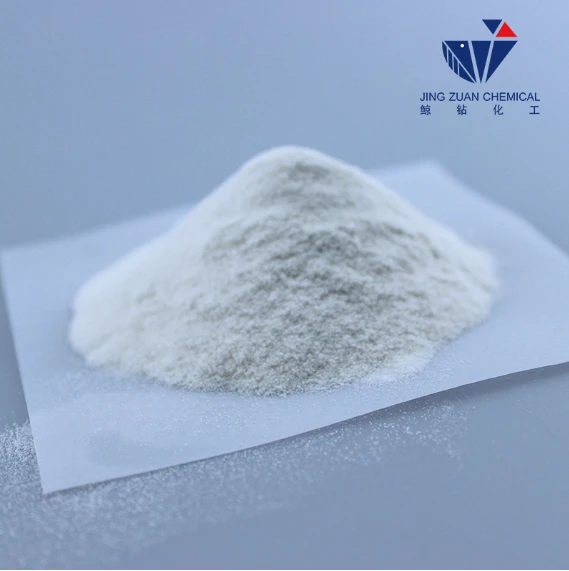
Nov . 08, 2024 16:06 Back to list
hpmc uses in detergent
The Role of HPMC in Detergent Formulations
Hydroxypropyl Methylcellulose (HPMC) is a versatile, non-ionic cellulose ether that has gained significant popularity in various industrial applications, particularly in the formulation of detergents. Its unique properties make it an ideal additive for enhancing the performance and stability of detergent products. This article explores the uses of HPMC in detergent formulations and the benefits it offers.
Functions of HPMC in Detergents
1. Thickening Agent One of the primary functions of HPMC in detergent formulations is its ability to act as a thickening agent. The viscosity of a detergent can significantly influence its application and effectiveness. By increasing the thickness of the liquid detergent, HPMC contributes to a more concentrated product. This enhancement not only improves the product's stability but also ensures that the detergent clings to surfaces better during cleaning. This is particularly beneficial in gel or liquid formulas, allowing for easier application and improved cleaning efficiency.
2. Stabilization of Formulations HPMC plays a crucial role in preventing the separation of ingredients within a detergent formulation. In liquid detergents, for instance, different components may have varying densities or solubility, leading to phase separation over time. HPMC helps to stabilize these mixtures, ensuring that the product maintains its consistency and performance throughout its shelf life. This stability is critical for consumer confidence, as a product that separates or changes in appearance may be perceived as ineffective.
3. Enhancing Viscosity in Coatings For powdered detergent formulations, HPMC can be used as a binding agent to enhance the cohesion of the powder particles. This increases their flow properties and reduces the likelihood of clumping during storage and transportation. By ensuring uniformity in the distribution of particles, HPMC aids in the even dispensing of the detergent during use, making it easier for consumers to measure and apply the product.
hpmc uses in detergent

4. Improved Cleaning Performance HPMC can improve the overall cleaning performance of detergents. Its surfactant-like properties can help in removing dirt and grime from various surfaces, especially in conjunction with other active ingredients. When incorporated into a detergent, HPMC allows for better wetting and spreading on surfaces, which enhances the penetration of the formulation into dirt and stains. This results in more effective cleaning outcomes.
5. Compatibility with Other Ingredients Another significant advantage of HPMC is its compatibility with a wide range of ingredients used in detergent formulations. Whether used alongside anionic, cationic, or nonionic surfactants, HPMC does not interact negatively, which allows formulators greater flexibility in creating effective and innovative products. This compatibility also contributes to stable formulations that can withstand various environmental conditions.
6. Eco-Friendly Properties In the context of growing environmental awareness, HPMC is considered an eco-friendly ingredient. It is derived from natural cellulose and does not entail harmful synthetic processes. This quality aligns with the increasing consumer preference for sustainable and biodegradable products, making HPMC a favorable choice in the formulation of green detergents.
Conclusion
The use of Hydroxypropyl Methylcellulose in detergent formulations exemplifies the intersection of functionality and innovation in consumer products. As a thickening agent, stabilizer, binding agent, and enhancer of cleaning performance, HPMC holds a crucial position in the formulation of modern detergents. Its ability to improve product stability, application efficiency, and environmental friendliness makes it an invaluable ingredient.
As the detergent market continues to evolve, driven by technology and consumer preferences, the role of HPMC will likely expand further. Its diverse applications and benefits make it a critical component for formulators aiming to develop high-performance and sustainable detergent products. Manufacturers who invest in HPMC-based formulations will not only benefit from improved product performance but also resonate with the increasing demand for eco-conscious solutions in the cleaning products sector.
-
Versatile Hpmc Uses in Different Industries
NewsJun.19,2025
-
Redispersible Powder's Role in Enhancing Durability of Construction Products
NewsJun.19,2025
-
Hydroxyethyl Cellulose Applications Driving Green Industrial Processes
NewsJun.19,2025
-
Exploring Different Redispersible Polymer Powder
NewsJun.19,2025
-
Choosing the Right Mortar Bonding Agent
NewsJun.19,2025
-
Applications and Significance of China Hpmc in Modern Industries
NewsJun.19,2025







